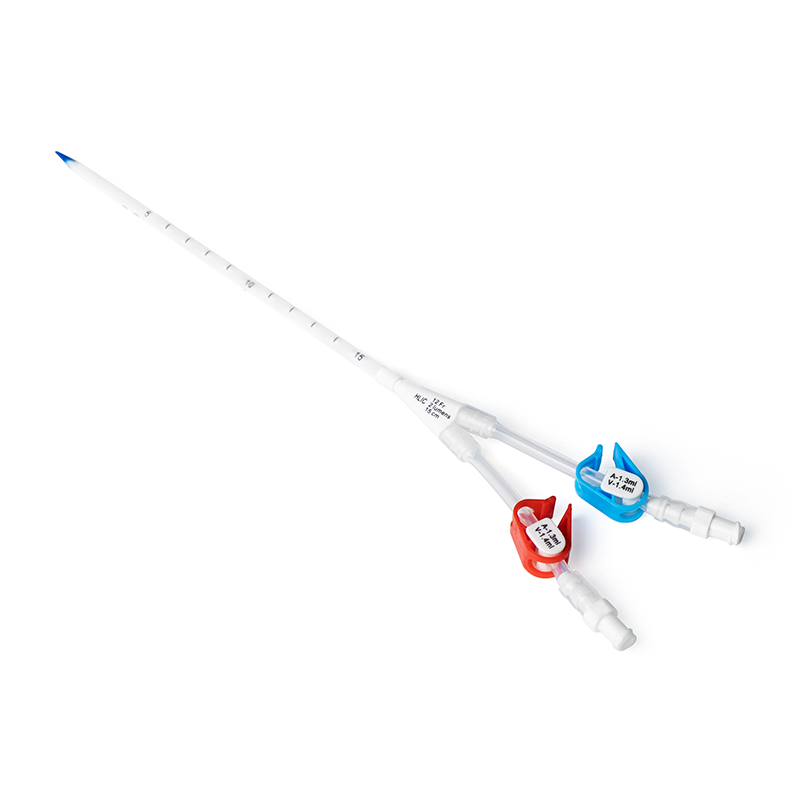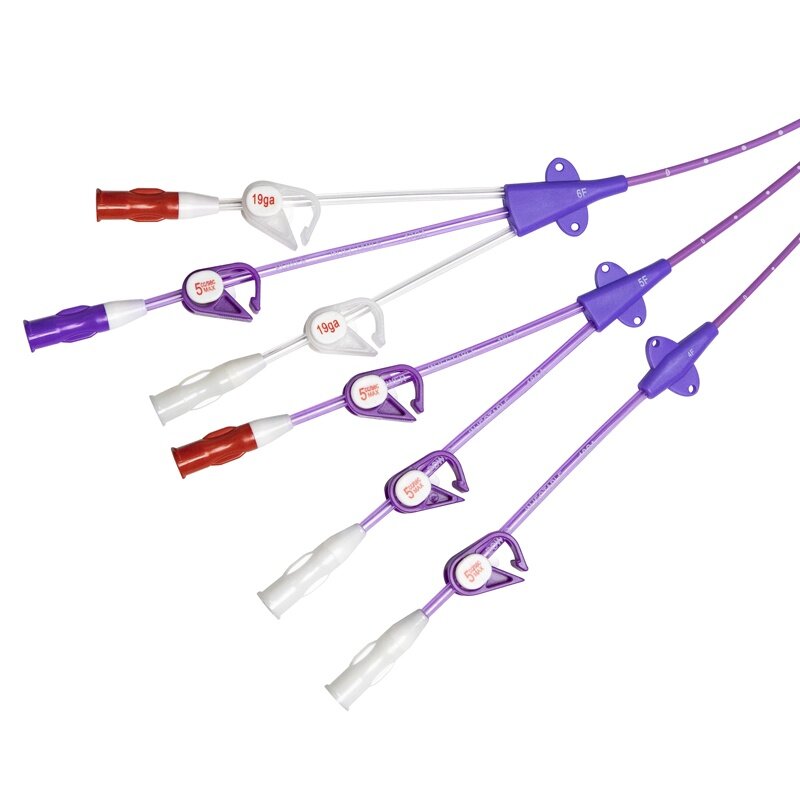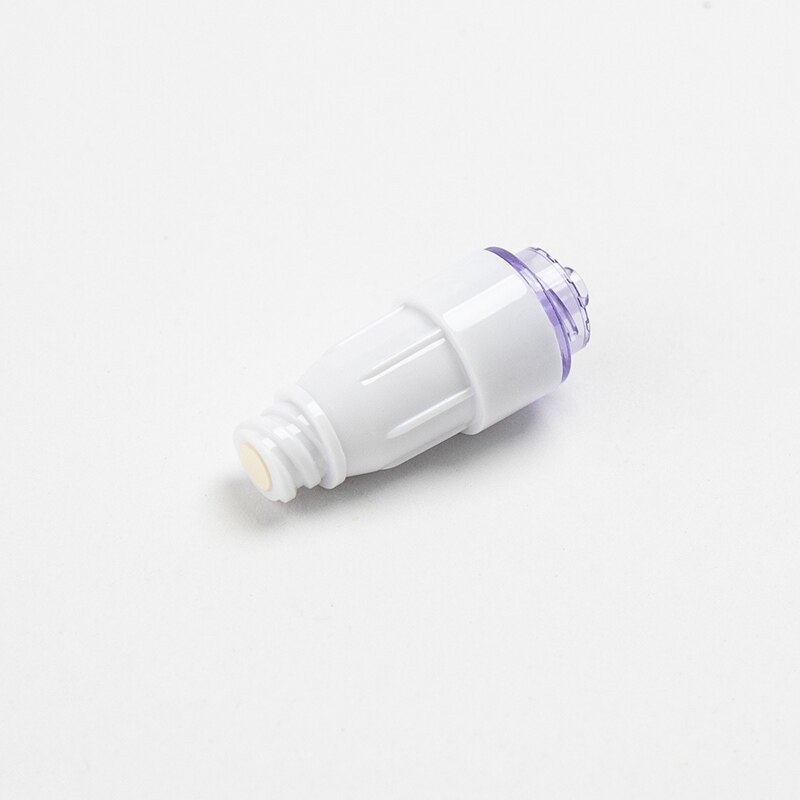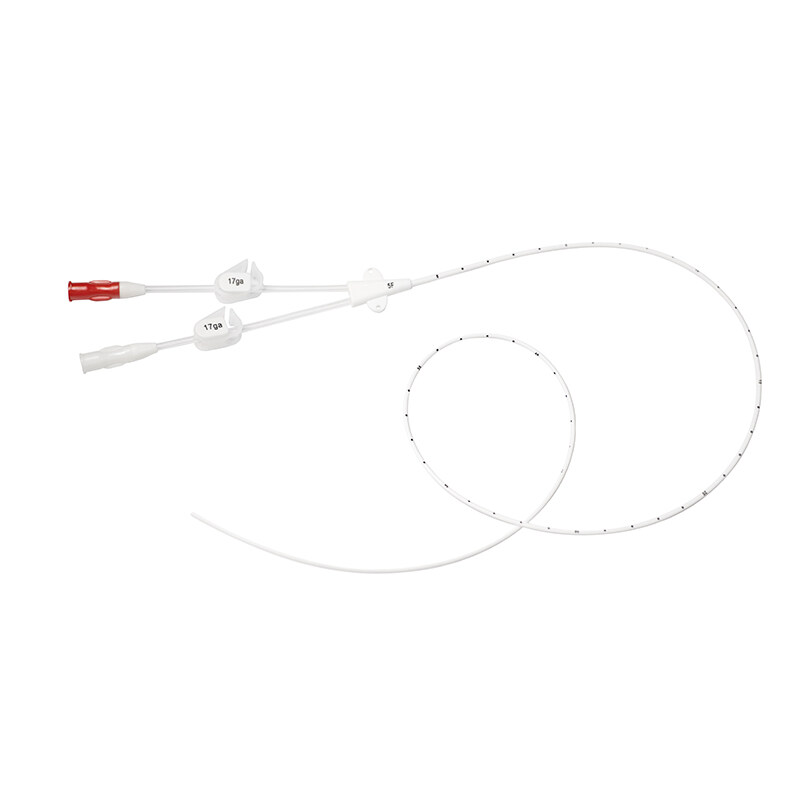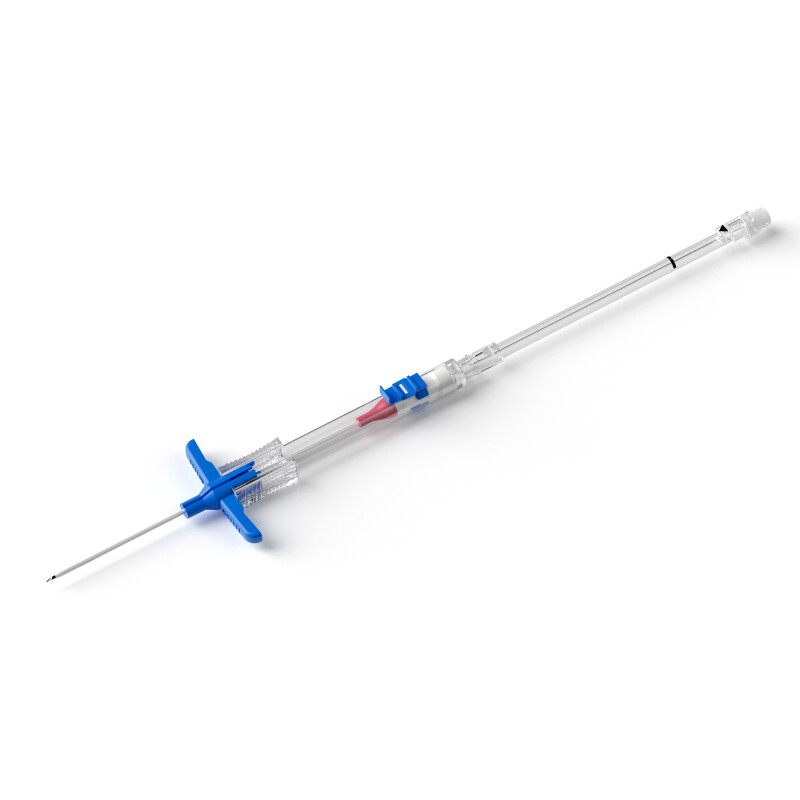A medium-length catheter is a peripheral venous infusion device inserted through peripheral vein puncture, with the catheter tip reaching the axillary vein or subclavian vein, and can be indwelled for 1-4 weeks. The commonly used veins in children and adults are the median cubital vein, basilic vein, brachial vein, and cephalic vein. For neonates and infants, in addition to elbow veins, it can also be inserted through scalp veins with the catheter tip located in the jugular vein above the clavicle, or inserted through lower extremity veins with the tip located below the inguinal crease. For neonates requiring long-term infusion, the application of peripheral venous indwelling needles will increase the number of punctures and the pain of neonates. However, medium-length catheters have the characteristics of long indwelling time, convenient operation, and no need for X-ray radiography, which meet the needs of neonates with long infusion time and difficult venous puncture.
At present, studies on the influencing factors of medium-length catheter complications are mostly reported in adults. This study collected medical records of 178 neonates with gestational age of 29-41 weeks and birth weight of 1680-4200 g who were treated with 2Fr medium-length catheters from February 2021 to June 2022, to investigate the occurrence of medium-length catheter-related complications in neonates and analyze its influencing factors, so as to provide reference for the application of medium-length catheters in clinical NICU neonates.
Table 1 Univariate analysis of MC complications in NICU neonates [n; percentage (%)]
|
Indicator
|
Occurrence Group (n = 33)
|
Non - occurrence Group (n = 145)
|
χ²/t
|
P
|
|
Gender
|
|
|
|
|
|
Male
|
25 (75.75)
|
84 (57.93)
|
3.58
|
> 0.05
|
|
Female
|
8 (24.24)
|
61 (42.06)
|
|
Gestational Age/week
|
|
|
|
|
|
28 - 32
|
2 (6.06)
|
20 (13.79)
|
2.72
|
> 0.05
|
|
33 - 36
|
14 (42.42)
|
70 (48.28)
|
|
37 - 42
|
17 (51.52)
|
55 (37.93)
|
|
Birth Weight/g
|
|
|
|
|
|
1000 - 1500
|
2 (6.06)
|
4 (2.76)
|
8.54
|
< 0.05
|
|
> 1500 - 2500
|
9 (27.27)
|
85 (58.62)
|
|
> 2500 - 4000
|
22 (66.67)
|
66 (45.52)
|
|
Punctured Vein
|
|
|
|
|
|
Basilic Vein
|
5 (15.15)
|
28 (19.31)
|
20.29
|
< 0.01
|
|
Median Cubital Vein
|
6 (18.18)
|
78 (53.79)
|
|
Cephalic Vein
|
7 (21.21)
|
10 (6.90)
|
|
Superficial Temporal Vein
|
15 (45.45)
|
29 (20.00)
|
|
Catheter Tip Position
|
|
|
|
|
|
Distal Axillary Vein
|
12 (36.36)
|
84 (57.93)
|
9.56
|
< 0.01
|
|
Subclavian Vein
|
6 (18.18)
|
32 (22.07)
|
|
Jugular Vein
|
15 (45.46)
|
29 (20.00)
|
|
Infusion Type
|
|
|
|
|
|
General Liquid
|
5 (15.15)
|
33 (22.76)
|
0.93
|
> 0.05
|
|
Irritant Solution
|
28 (84.85)
|
112 (82.96)
|
|
Catheter Exposure Length
|
|
|
|
|
|
≤ 2 cm
|
25 (75.76)
|
128 (88.28)
|
3.49
|
> 0.05
|
|
> 2 cm
|
8 (24.24)
|
17 (11.72)
|
|
|
|
Catheter Indwelling Time (\(\bar{x}\pm s\))/d
|
11.12 ± 4.56
|
13.70 ± 5.72
|
2.41Δ
|
< 0.05
|
|
Internal Fixation
|
|
|
|
|
|
Yes
|
11 (33.33)
|
78 (53.79)
|
4.66
|
< 0.05
|
|
No
|
22 (66.67)
|
66 (45.51)
|
|
Smooth Catheter Insertion
|
|
|
|
|
|
Yes
|
28 (84.84)
|
136 (93.79)
|
2.97
|
> 0.05
|
|
No
|
5 (15.15)
|
9 (6.21)
|
|
Number of Punctures/time
|
|
|
|
|
|
1
|
29 (84.85)
|
Table 3 Multivariate logistic regression analysis of complications after neonatal MC catheterization
|
Variable
|
B
|
SE
|
Waldχ²
|
P
|
OR (95% CI)
|
|
Selected blood vessel (superficial temporal vein)
|
1.561
|
0.597
|
5.84
|
< 0.05
|
4.763 (1.478 - 15.349)
|
|
Selected blood vessel (cephalic vein)
|
2.843
|
0.772
|
13.56
|
< 0.05
|
17.174 (3.779 - 78.039)
|
|
Tip position (jugular vein)
|
1.589
|
0.512
|
9.64
|
< 0.05
|
4.899 (1.797 - 13.359)
|
|
Internal fixation (no)
|
1.407
|
0.500
|
7.93
|
< 0.05
|
4.085 (1.534 - 10.877)
|
Puncture site: Puncture at median cubital vein, basilic vein, cephalic vein, and superficial temporal vein
Catheter tip position: Thoracic segment of axillary vein, subclavian vein, or jugular vein
Complications: 33 cases, including extravasation, slippage, and phlebitis
Univariate analysis of complications after neonatal medium-length catheterization: Birth weight, selection of puncture vein, catheter tip position, indwelling time, and presence or absence of internal fixation were related to the occurrence of complications of neonatal medium-length catheters. The lighter the weight, the more likely phlebitis is to occur. The incidence of complications when the catheter tip is placed in the axillary vein or jugular vein is higher than that in the subclavian vein, with the jugular vein being the most obvious.
Multivariate analysis of complications after neonatal medium-length catheterization: The complication rate of catheterization via superficial temporal vein is higher than that via median cubital vein or basilic vein
In conclusion, during the application of MC in neonates, selecting basilic vein or median cubital vein for puncture, placing the catheter tip in the subclavian vein or thoracic segment of axillary vein, and choosing internal fixation can reduce the incidence of neonatal MC complications.
References:
[1] GORSKI LA, HADAWAY L, HAGLE ME, et al. Infusion therapy standards of practice, 8th Edition[J]. J Infus Nurs, 2021, 44(1S Suppl 1): S1.
[2] CARR A, GREEN JR, BENISH E, et al. Midline venous catheters as an alternative to central line catheter placement: a product evaluation[J]. Br J Nurs, 2021, 30(8): S10.
[3] YAN L L, ZHANG C M, YANG T, et al. Study on risk factors and improvement measures of venous thromboembolism in late pregnancy[J]. Chinese Journal of Family Planning and Gynecology & Obstetrics, 2019, 11(10): 92-96.
[4] TAO Y J, YANG L J, DAI M H, et al. Analysis of influencing factors of medium-length catheter-related complications in neonates in neonatal intensive care unit[J]. Journal of Bengbu Medical College, 2024, 49(10): 1407-1411. DOI: 10.13898/j.cnki.issn.1000-2200.2024.10.029.

